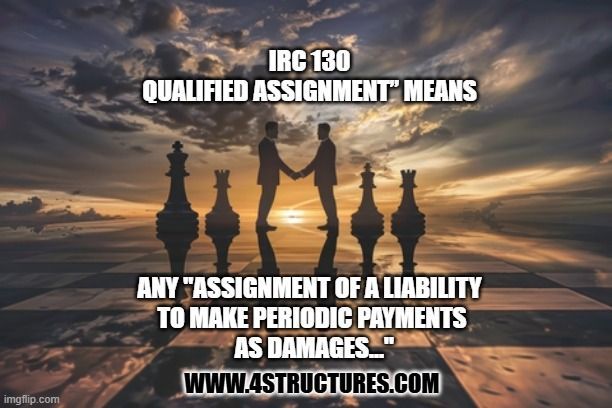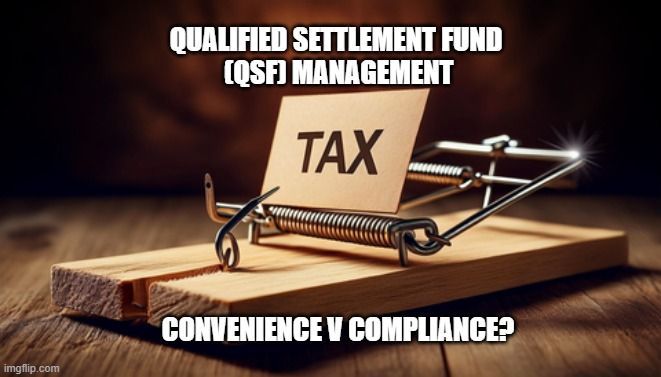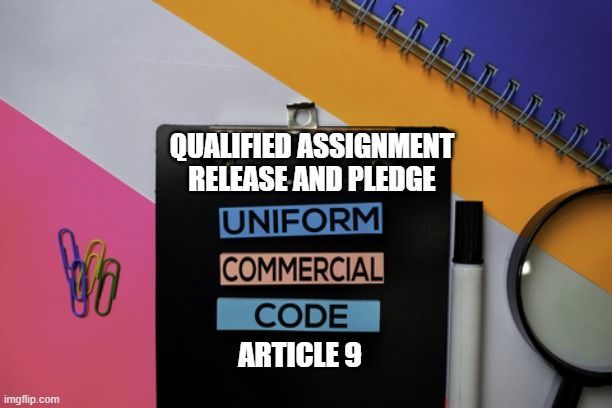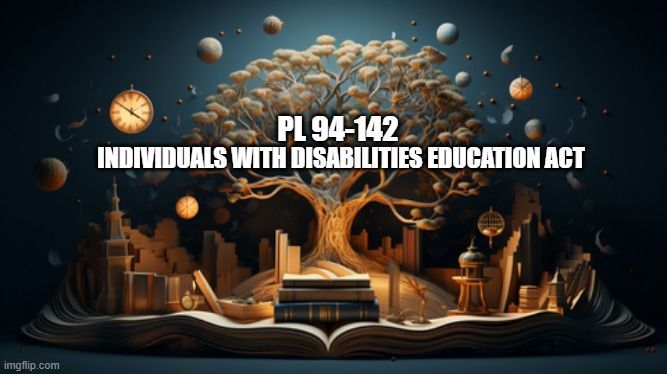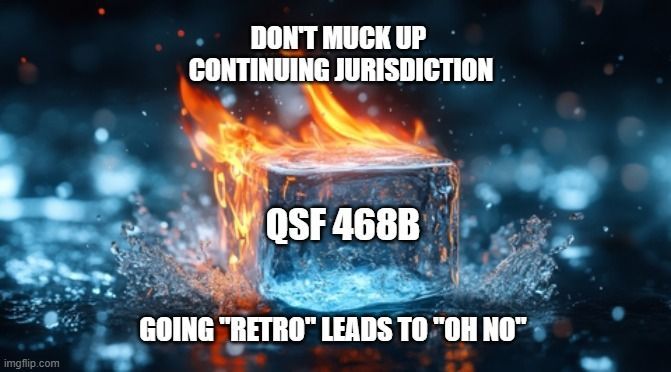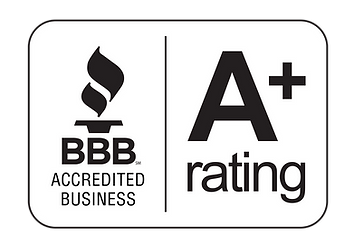Is a Structured Settlement an Annuity?
A Structured Settlement is Not An Annuity | What's With The Confusion?
A structured settlement is not an annuity. A structured settlement is a way of settling a lawsuit using a combination of cash and customized stream (or streams) or future periodic payments. An annuity is one of the types of qualified funding assets for a structured settlement. Structured settlements can also be funded using obligations of the United States government. Future periodic payment obligations for many types of settlements where the paying party to the claim or litigation is insured may also be funded using reinsurance agreements (a/k/a "reinsurance structured settlements"). There are also other market based methods of funding future payment obligations for settlements that can be used for funding both qualified and non qualified structured settlements.
The structured settlement secondary market is notorious for providing misinformation about structured settlements to consumers. It's unreliable. The misinformation is mostly borne of the ignorance of the staff writers for structured settlement factoring companies or their marketing networks, their unwillingness to avail themselves of abundant research and their editorial and management's unwillingness to correct inaccuracies when they've been made aware of them. Here is an example of misinformation from a website called Annuity(dot)org that exists primarily to promote a single structured settlement factoring company called CBC Settlement Funding in Conshohocken, PA:
"A structured settlement is a type of annuity that pays out an award from a civil
lawsuit by spreading the payments out over a long period of time". The Annuity(dot)org statement is not only inaccurate to say that a structured settlement is an annuity, but it's also inaccurate to say that a structured settlement pays out an award. A structured settlement is not an award. That's why a structured settlement includes the word "settlement". Otherwise it would be called a structured award, right?
.

